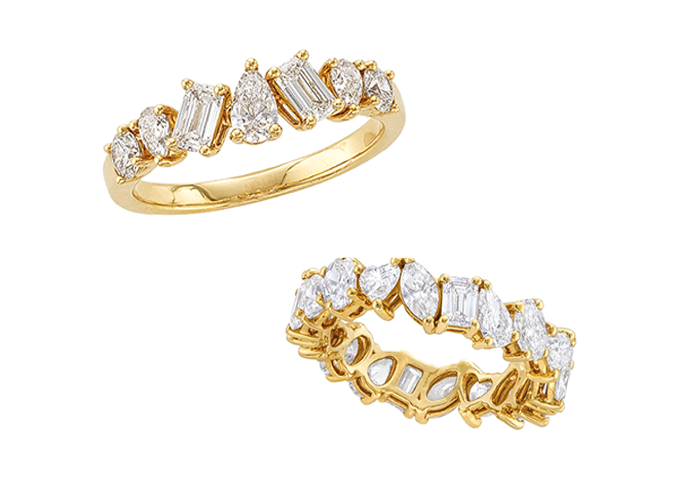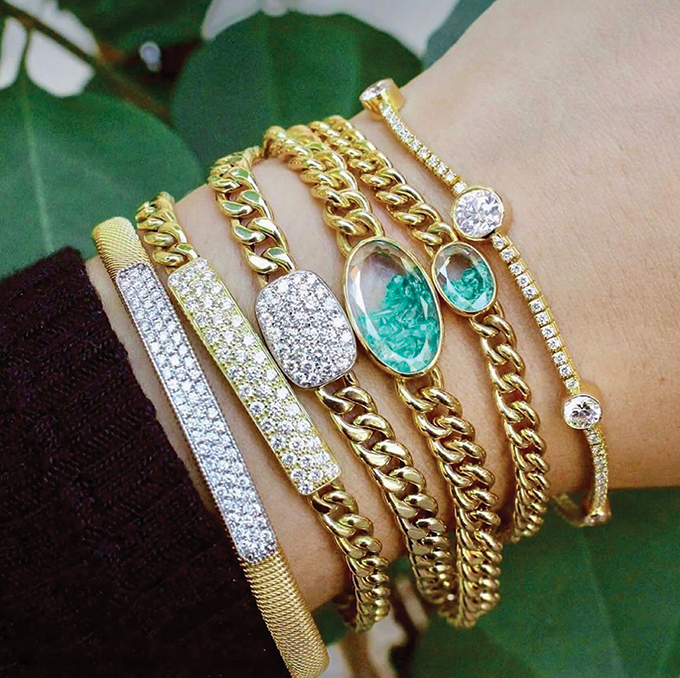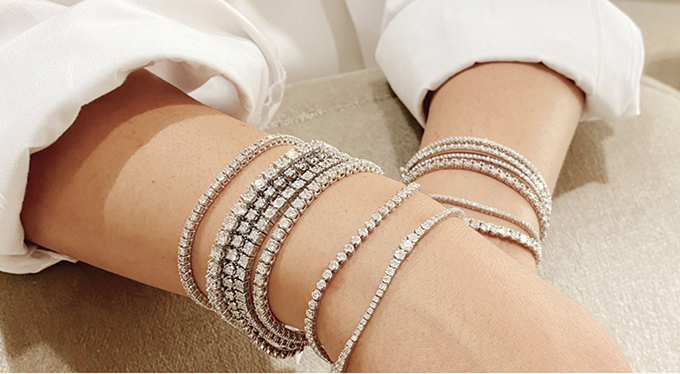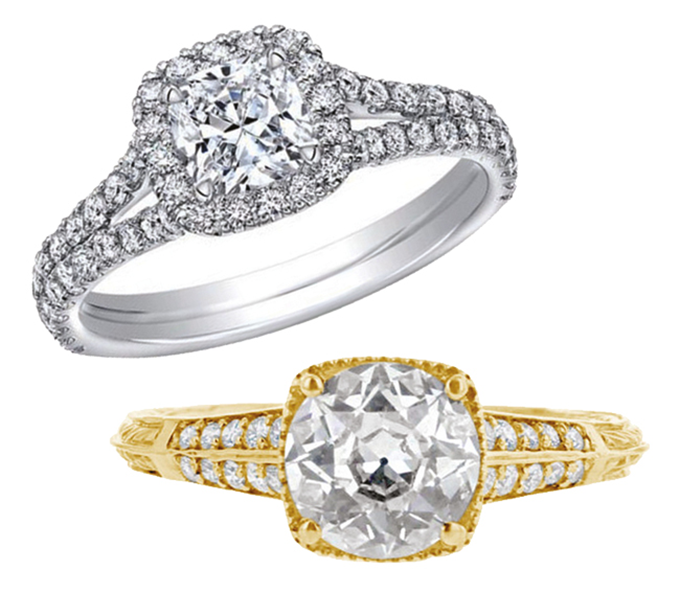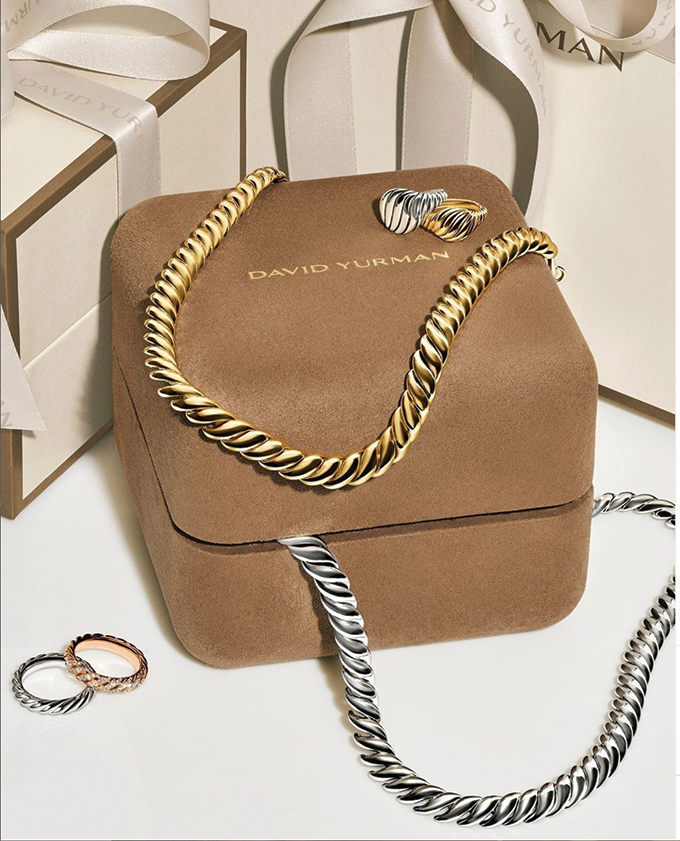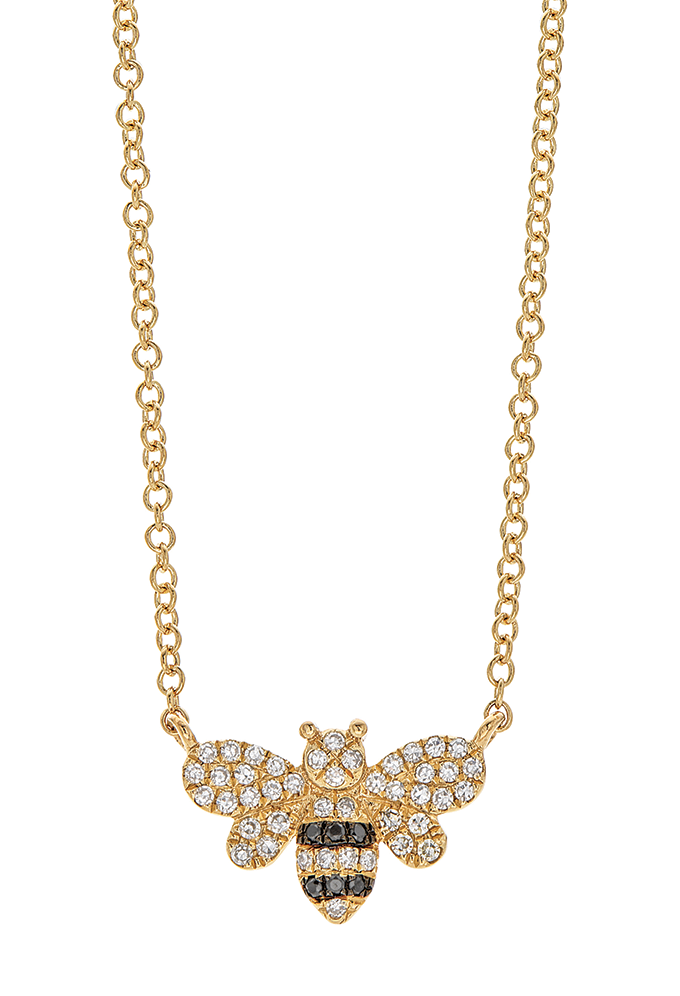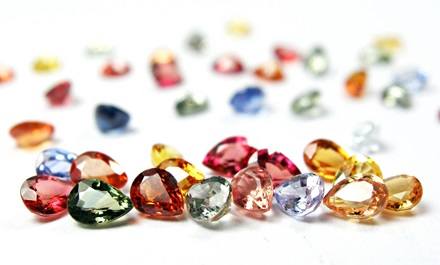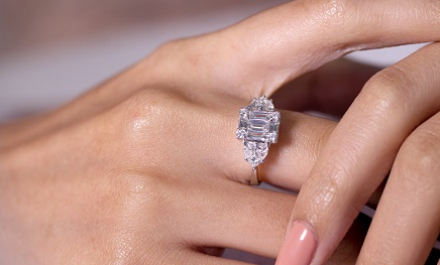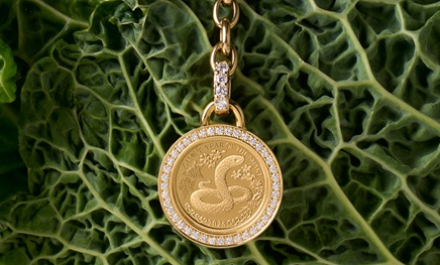Evolving consumer demand as well as mounting influence of younger buyers on design and business trends are leading the US jewellery retail sector into new paths of growth.
This article first appeared in the JNA May/June 2024 issue.
The US jewellery retail sector encompasses a range of businesses. There is Signet, owner of multiple brands such as Zales, Kay Jewelers, Blue Nile and JamesAllen.com, among others, with its North American sales reaching US$7.3 billion for its fiscal year 2023 ending January 28, 2023. On the other end of the spectrum are independents, comprising single stores and specialty retail chains of varying sizes.
Overall, industry revenues reached US$80.31 billion in 2023, down from US$81.78 billion in 2022, according to the US Bureau of Economic Analysis. JNA sat down with various US jewellery retailers to gain insight into this vast and thriving market.
What consumers want
According to Susan Eisen, owner of Texas-based Susan Eisen Fine Jewelry, yellow gold is steadily rising in popularity across the board, even for engagement rings. Diamonds are big sellers, with salt and pepper diamonds attracting interest for their uniqueness.
In the coloured gemstone category, asymmetrical pieces are on-trend as well as mixed-and-matched gems like teal apatite with turquoise or black onyx with salt and pepper diamonds. Demand is likewise strong for original designs and irregular cuts in diamonds and coloured gems.
Chad Berg, president of Lee Michaels Fine Jewelry, also observed increased demand for yellow gold. In terms of diamonds, he said tennis bracelets and necklaces are extremely popular. Berg remarked, “Diamond necklaces are no longer just for evenings as they can be worn every day.”
Mixed-shaped diamonds; nature-inspired jewellery pieces, especially butterflies and bees; and easily wearable, stretchable bracelets and rings are similarly moving fast. Lee Michaels Fine Jewelry operates 10 stores across Louisiana, Mississippi, Texas and New Mexico.
Other jewellers, meanwhile, are witnessing equal fervour for both yellow and white gold. Colleen Rafferty, co-owner of California-based jeweller Christensen & Rafferty attributes this to a “liquid metal trend” in the fashion industry.
American consumers are also into tennis bracelets and necklaces, long mismatched earrings, and bracelets in varying widths, especially adjustable pieces. Brooches and chokers are also on-trend alongside a layered look and stackable coloured gemstone pieces.
Reinforcing Rafferty’s observations, Heather Ingraham, a buyer at The 1916 Company, said there is growing tendency for yellow gold in bridal jewellery, even though white gold takes precedence in this particular segment of the business.
She said while classic styles are clear winners, fancy shapes and exceptional designs are finding favour in the market today. Increased interest in customisation is fuelling demand for stackable rings and bracelets alongside mixed metals and shapes.
At the centre of these prevailing design trends are diamonds. Courtney Cornell, a buyer for New York-based Cornell’s Jewelers, explained, “Diamonds remain at the forefront. We are seeing significant demand for basics like studs and tennis bracelets. Yellow gold is the top choice for fashionable fine jewellery, especially in delicate layered pieces and statement jewels.”
There is also growing interest in silver jewellery pieces as more affordable options as well as coloured gemstones, notably sapphires, emeralds, rubies, blue topaz and amethyst, she added.
Todd Broadbent, general manager of Missouri-based Clarkson Jewelers, said diamond jewellery sells well overall, with tennis bracelets and necklaces enjoying high popularity.
Echoing industry observations, he noted that yellow gold is making a comeback in chains, pendants and medallions while white gold and platinum are top choices for rings.
His store also caters more to couples who upgrade their jewellery or remarry as opposed to those getting married for the first time. “Those marrying for the second time around opt for larger diamonds of 2, 4, 5 and even 10 carats,” revealed Broadbent.
Emerging trends
A younger generation of buyers is progressively swaying movements in the US jewellery retail sector. According to Cornell, the influence of millennials and Gen Zs in the jewellery market cannot be overstated.
Pam Danziger, founder of branding consultancy firm Unity Marketing, agreed. “Millennials are now reaching peak earning years and they have more money to spend on jewellery, so it is important for companies to lean towards millennials,” she noted. “Having delayed getting married, they are potentially a strong market for bridal jewellery.”
Findings of a McKinsey ConsumerWise Global Sentiment Data report released this February gives weight to this notion. The study asked 4,001 American consumers if they planned on buying jewellery this year. Results showed that majority of those who answered yes were Gen Zs (28 per cent) and millennials (27 per cent) as opposed to Gen Xers (12 per cent) and Baby Boomers (5 per cent).
Cornell also alluded to younger buyers’ growing fondness for lab-grown diamonds (LGDs). She explained, “Bridal customers often draw inspiration from social media, bringing in images that showcase their preferences for large LGDs in delicate settings.”
This buyer demographic is drawn to more fashion-forward options such as ‘Toi et Moi’ rings and bezel settings, reflecting a shift towards modern and unique designs, she added.
Citing industry figures, analyst Edahn Golan said LGDs represented 10 per cent of diamond jewellery sales in the US last year while in diamond engagement rings, LGDs had a market share of 36 per cent. While half of the retailers that JNA talked to do not carry LGDs, others offer these by customer request.
For her part, Rafferty said Gen Zs bolstered sales of bridal jewellery adorned in both natural and lab-grown diamonds at Christensen & Rafferty. She shared, “Our self-purchasers sometimes opt for larger LGDs to update their collections.”
Ingraham noted, “We are at the precipice of LGDs fuelling a stronger desire for diamond jewellery in general and are entering a new era that will impact the mined diamond industry for the better.”
The industry believes in natural diamonds, but jewellers accommodate requests for LGDs from customers, especially millennials and Gen Z, added Eisen. Many younger consumers ask for customised pieces that come in all types of materials, even mixing LGDs with natural stones. Some would bring in older pieces to be repurposed into contemporary designs.
Not all stores, however, feel the impact that younger consumers have on the business. Broadbent said, “We tend to have more Gen Xers and Boomers, since we are not a large bridal store.” Its focus, instead, is on fine fashion jewellery and watches. He also noted that self-purchasing continues to be a growth driver for Clarkson Jewelers post-Covid.
Ingraham shared this observation, adding that her company has seen a 50 per cent increase in female self-purchasing in the last five years. “They are our fastest growing demographic,” she noted.
While all retailers interviewed by JNA observed a rising number of women self-purchasers, Cornell also said men are increasingly buying luxury timepieces for themselves after Covid, reflecting a growing interest in prestigious watches.
This was also an experience shared by Berg. “We have seen a drastic uptick in business from pre-Covid to post-Covid in all our stores. Since jewellery is often considered a token of love and appreciation, our customers have become more sentimental than ever after the pandemic,” he added.
Fortifying the business
US retailers also underscored the importance of finding the right suppliers to support the jewellery retail sector. An increasingly significant aspect of this invaluable partnership is responsible sourcing.
Cornell said, “We partner exclusively with brands that uphold ethical standards in their sourcing, guaranteeing the quality and integrity of our products. We also value responsive and collaborative partnerships as they play a vital role in meeting customers' expectations.”
Commitment to ethical sourcing and environmental stewardship were also echoed by Ingraham of The 1916 Company and Berg of Lee Michaels.
Having market exclusivity is equally important alongside longstanding relationships, Broadbent of Clarkson Jewelers said. Meanwhile, Eisen said she looks for shared values in suppliers who do not sell directly to the public online or have competing showrooms.
Rafferty also seeks suppliers with shared values and offers an example of industry cooperation. Recently, a large corporation bought a high-end gold chain supplier and laid off most of the staff. Since this left the area grossly underserved for these products, a small group formed Noble Chain, and re-hired the previous workers, sustaining positive and long-standing relationships.
A common thread among these retailers was optimism for the industry that they love, one that provides products symbolising meaningful moments in their customers’ lives. The US jewellery retail sector is dynamic and ever evolving, adapting to the challenges and opportunities that will allow it to thrive in the years to come.



